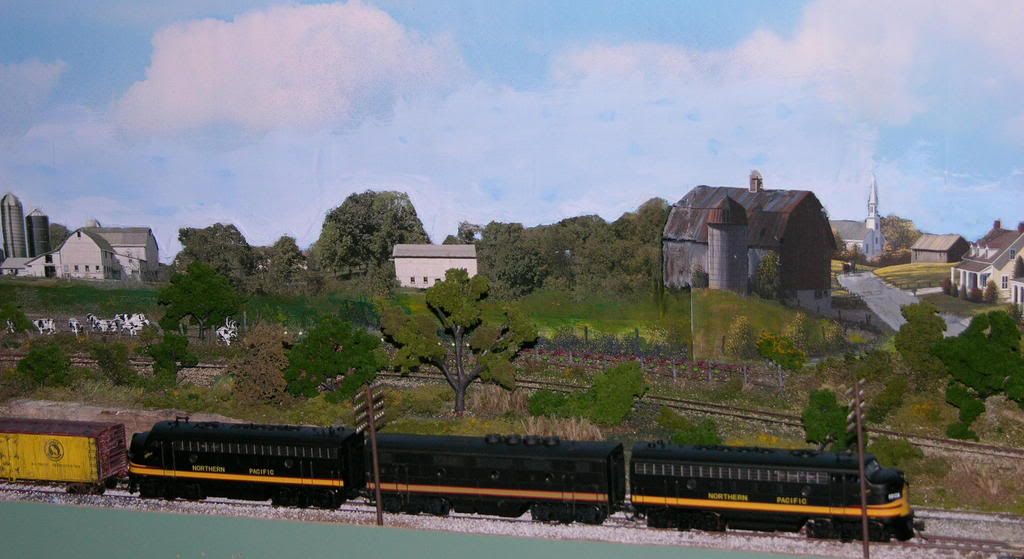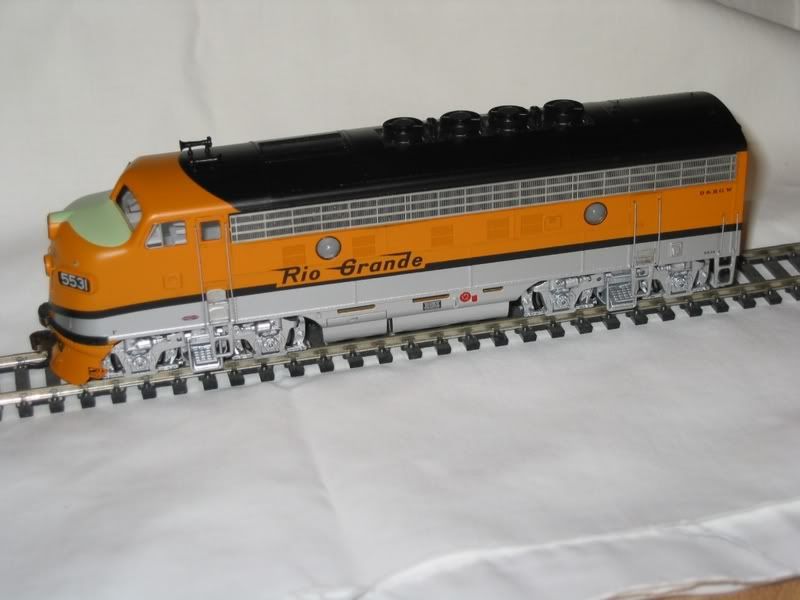I’m assuming that these are HO. If so, the MRC Platinum Line F7 was reviewed in the March 2001 issue of MR. The reviewer was Jeff Wilson. To quote various parts of the review:
"The model…runs quite well but suffers from inaccurate paint and lettering as well (as) some detail discrepancies.
"The moldwork is decent, but both of our samples have mold parting flash on the right side of the nose.
“The models horizontal-slit grills, squared door corners, and square window on the end door match those of Phase 1 F7s. However, the model has a large (48”-diameter) dynamic brake fan, a prominent feature that didn’t begin appearing until August 1952.
"At first glance the stainless grills look good… However, the pattern of vertical posts is incorrect.
"The separate wire grabs are nice, but they’re unpainted metal.
"The model includes steam generator details…, and although some F7s were so equipped, they were in the minority.
"The horns also reflect an uncommon detail…Most Fs received pairs of horns with two mounting posts and a slightly different trumpet style.
“Overall the shell’s dimensions match prototype drawings published…; however, the shell sits a scale 6” too high on the chassis…This would be difficult to fix because of the design of the frame.
“The plastic truck sideframes are press-fit onto the sides of the trucks with a center mounting pin and two smaller locating pins. However, when the locomotive starts or changes direction the sideframes rock back and forth on the center mounting pin (a distance of a scale 2” or 3" at the ends of the sideframes). This is quite noticeable and distracting, as well as unrealistic.
{there was a paragraph devoted to discrepancies between the prototype and model

